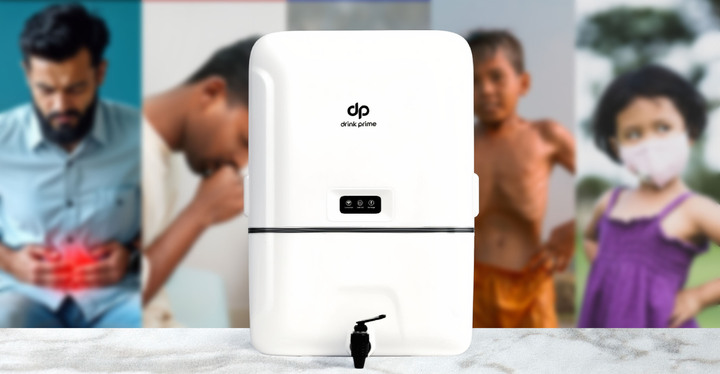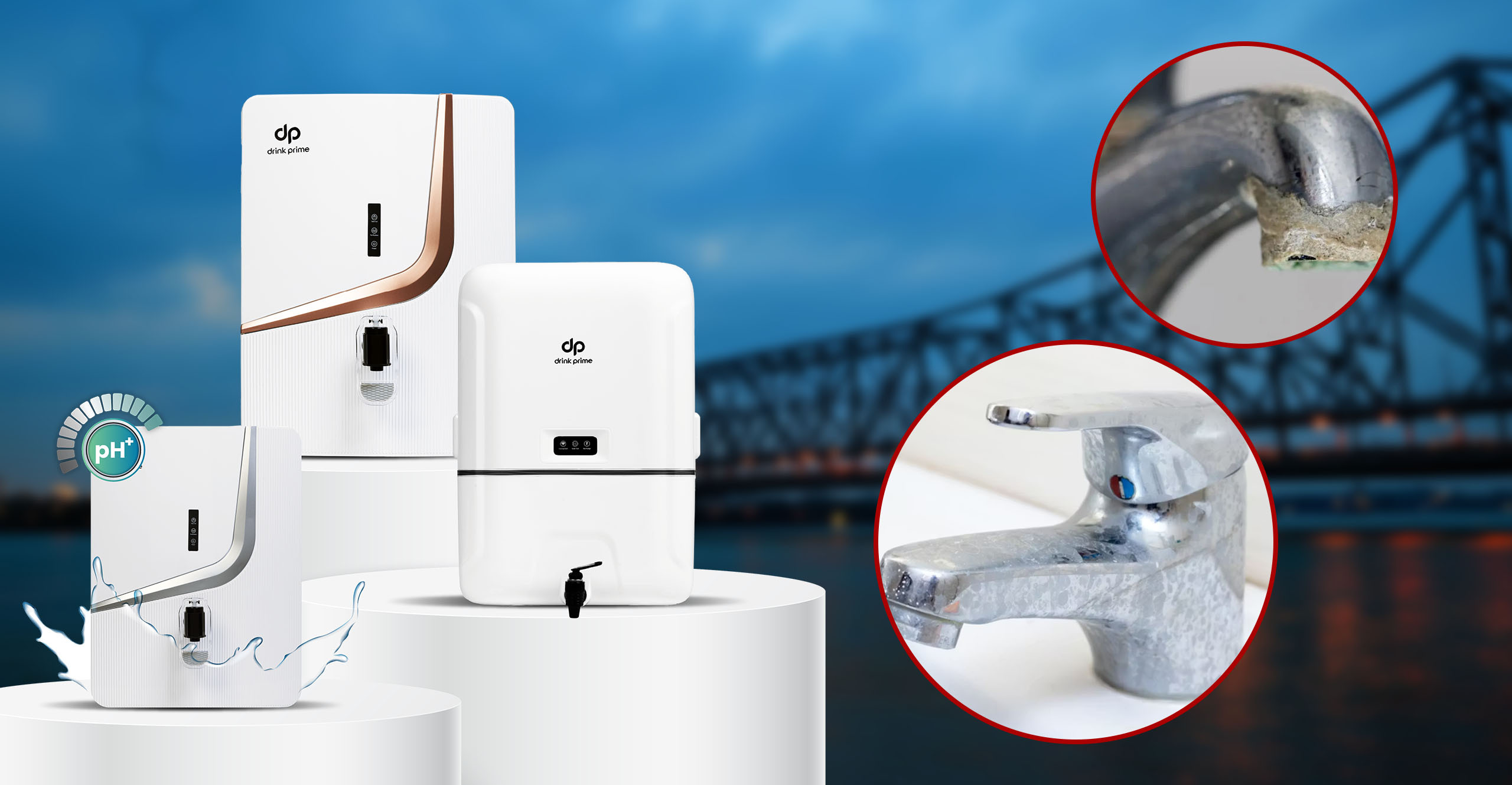Microplastics have become one of the most harmful environmental contaminants presently. These tiny particles, measuring less than 5 millimeters in diameter, can be found everywhere from the deepest ocean trenches to the tap water in our homes. Besides, microplastics are not immediately harmful in small quantities, but their pervasive presence raises significant concerns about the long-term health and ecological impact. As awareness grows, more consumers are completely switching to advanced water purifiers to reduce microplastic exposure in their drinking water.
In this blog, we will understand what microplastics are, how they can impact our health, and how advanced technology can tackle this issue and help ensure safer drinking water.

Understanding the Microplastic Problems
Microplastics are created primarily from the degradation of larger plastic items like bottles, bags, and synthetic fibers, which break down over time due to environmental factors like UV radiation and friction. As these particles become very small, they can completely infiltrate natural water sources and even municipal water supplies. According to research, microplastics have been detected in drinking water, bottled water, and even tap water. Moreover, the presence of these particles in the water we consume has raised concerns about health risks, which include the possibility of chemical leaching from the plastics into our bodies, as well as the physical effects of ingesting such foreign particles.
Why Microplastics Need to Be Filtered
Though, the long-term health impacts of microplastics are still under study, scientists have shown that such particles can effectively cause harm when they enter our bodies. Moreover, ingesting or inhaling microplastics may lead to inflammation, immune system disruption, and even toxicity. Additionally, microplastics can act as a carrier for harmful chemicals, bacteria, and heavy metals; hence, they increase the potential for disease transmission and contamination. Besides, given these risks, it is important to have a reliable system in place to effectively remove microplastics from drinking water. And this is where advanced water purification comes into play.
How an Advanced Water Purification System Removes Microplastics
Most of the water purification systems have evolved beyond the basic filters that simply remove all the large particles and chlorine. Advanced filtration technologies like activated carbon, reverse osmosis, and ultraviolet lamps are now designed to remove such microplastics from water.
1. RO Systems or Reverse Osmosis
The Reverse Osmosis is one of the most effective methods for removing microplastics from water. Moreover, the process involves forcing water through a semi-permeable membrane that completely blocks particles larger than water molecules, including microplastics. RO systems can remove all the microplastics from water, hence making them a highly efficient choice for consumers who are concerned about these pollutants.
2. Activated Carbon Filtration
Activated carbon filters work by adsorbing particles, which include microplastics, onto the surface of the carbon material. So, this type of filter is very common, and it is used in combination with other filtration methods to improve the water quality. While activated carbon is excellent at removing chemicals and some organic compounds, it may not capture all microplastics as effectively as RO systems. But, when paired with additional filtration layers and activated carbon, it can play an important role in making sure that water is as clean and fresh.
Why Choose DrinkPrime?
DrinkPrime offers a subscription-based model that is designed to provide safe, microplastic-free drinking water. Its purifier makes use of advanced water purification technology like RO membranes that are capable of filtering out dissolved salts, bacteria, and even microplastics. The multi-stage filtration system, which includes sediment and activated carbon filters, boosts the taste and removes all the remaining impurities. DrinkPrime also handles regular servicing and filter replacements, making sure that your purifier’s performance remains consistent without any extra costs.
Summary
In conclusion, microplastics may be invisible to the naked eye, but their impact on the environment and health is undeniable. Also, such contaminants continue to infiltrate our water source, making sure that the purity of the water we consume is safe. Advanced water purifiers, especially those that are equipped with technologies like reverse osmosis and activated carbon filters, have proven to be highly effective in removing microplastics and other harmful substances.
Additionally, companies like DrinkPrime offer access to safe, clean water through a subscription-based model and combine advanced RO technology, multi-stage filtration, and regular maintenance. DrinkPrime makes sure that every Indian household can enjoy healthy water without the burden of frequent replacement costs.



